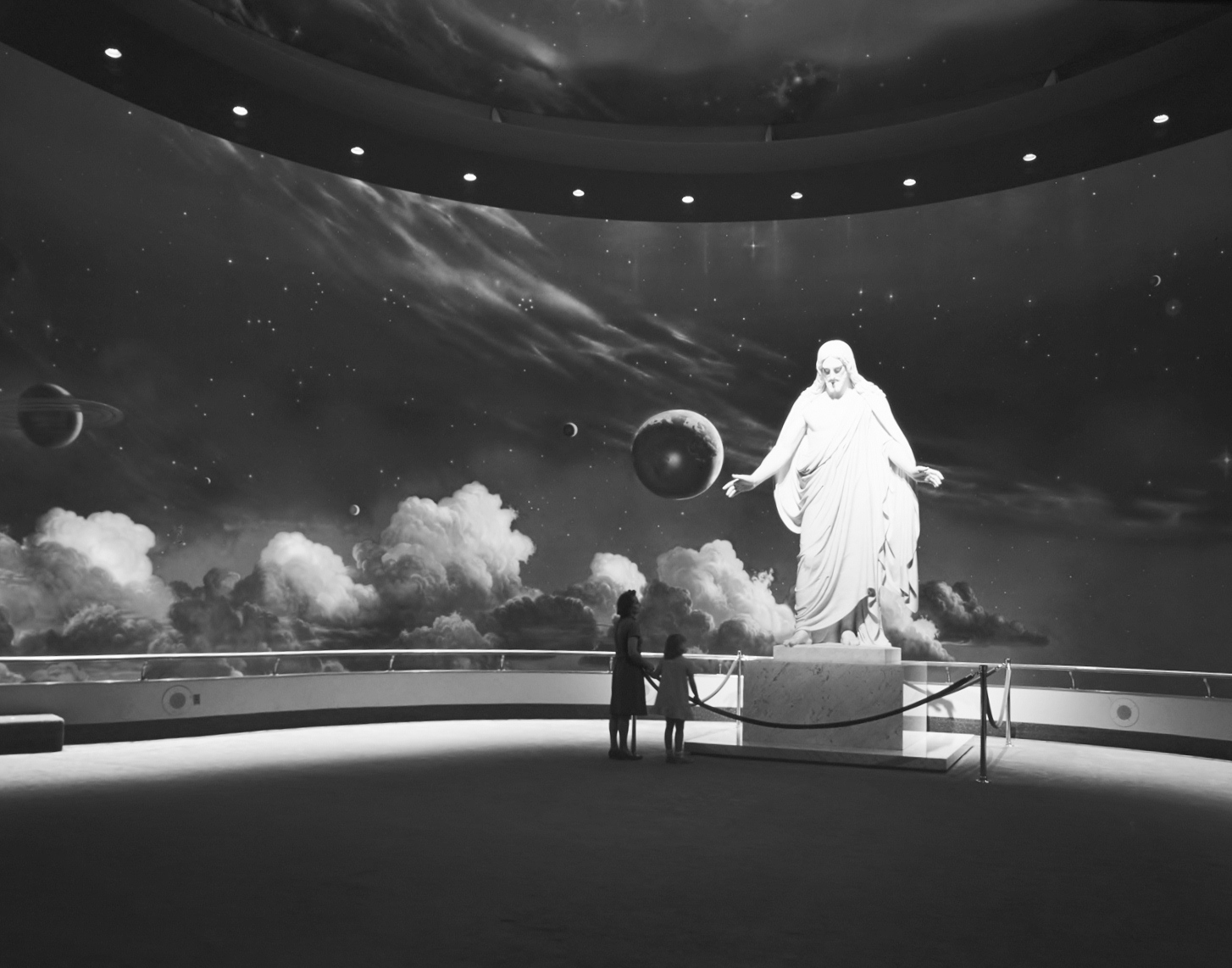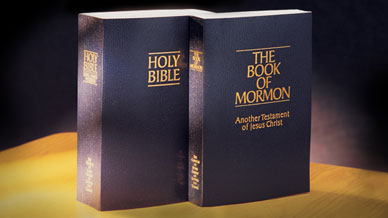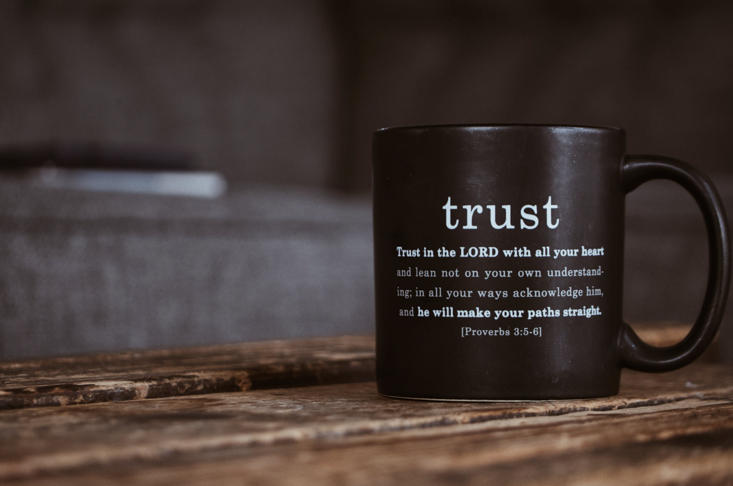This Deseret News article is an interesting read, talking about the service and leadership opportunities that sister missionaries from The Church of Jesus Christ of Latter-day Saints have. Note the significant increase in the number of Mormon women serving missions since the age change announced by President Thomas S. Monson in 2012.
I love what one sister missionary said about her service as a missionary and as a trainer and leader.
“It’s helping us be the leaders we need to be in the church in the future….It’s helping us be the mothers we need to be in the future. We’re going to be able to take everything we learned here, how to work with others, how to help them, how to strengthen and inspire them. Finding the one isn’t just something we’re doing now. We’re called to be missionaries and leaders the rest of our lives.”
As noted in the article, the role of Mormon women in councils is something that has been taught by our leaders for years. The missionary leadership opportunities for sisters is facilitating some of that participation on councils.
“Priesthood leaders cannot afford to overlook the experience, wisdom, sensitivity and insight women bring to such deliberations,” Elder M. Russell Ballard wrote in his book, “Counseling with Our Councils,” which first was published in 1997. “And women who do not work to contribute all they can in the council setting sell themselves short.”
One of the things that makes leadership in the “Mormon church” unique is that the council system is central to the process. Elder Ballard teaches:
“God, the Master Organizer, has inspired a creation of a system of committees and councils. If understood and put to proper use, this system will decrease the burden on all individual leaders and will extend the reach and the impact of their ministry through the combined help of others.”
Elder Ballard shares an example of some training he did after giving a General Conference (yay #ldsconf!) talk on counseling with our councils. He had a ward council come up and talk about a problem, and the bishop immediately took charge. Elder Ballard invited the bishop to try again, this time asking for input from everyone on the council, especially encourag[ing] him to ask the sisters for their ideas. When the bishop opened the meeting to council members and invited them to counsel together, the effect was like opening the floodgates of heaven. A reservoir of insight and inspiration suddenly began to flow between council members ….”
This notion of the council system is critical to understanding Mormon church leadership and structure. It mirrors what Paul talks about in 1 Corinthians 12.
14 For the body is not one member, but many.
15 If the foot shall say, Because I am not the hand, I am not of the body; is it therefore not of the body?
16 And if the ear shall say, Because I am not the eye, I am not of the body; is it therefore not of the body?
17 If the whole body were an eye, where were the hearing? If the whole were hearing, where were the smelling?
18 But now hath God set the members every one of them in the body, as it hath pleased him.
19 And if they were all one member, where were the body?
20 But now are they many members, yet but one body.
I have seen the power of the council system at work. I truly believe, as Elder Ballard taught, that it is divine. I also believe we still have a ways to go to tap into the power of this divine process. It’s great to see young adults experiencing that power. As the Mormon woman missionary above noted, those experiences will help prepare them for life and service in their families, in the Church, and in other spheres of influence where they may be guided to serve.












